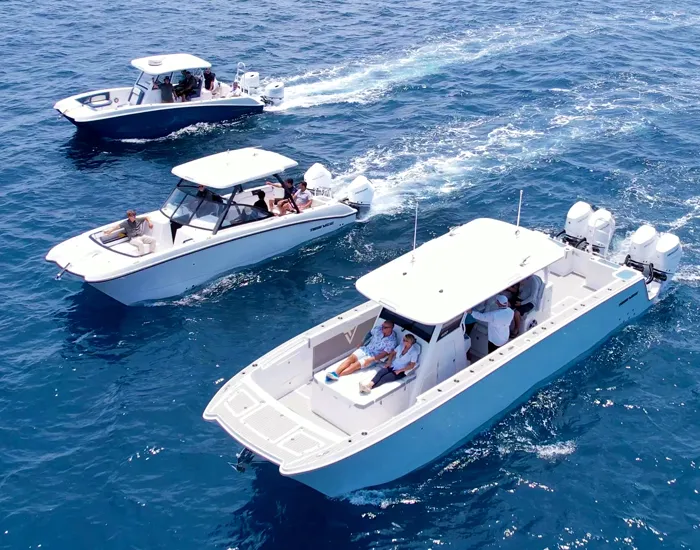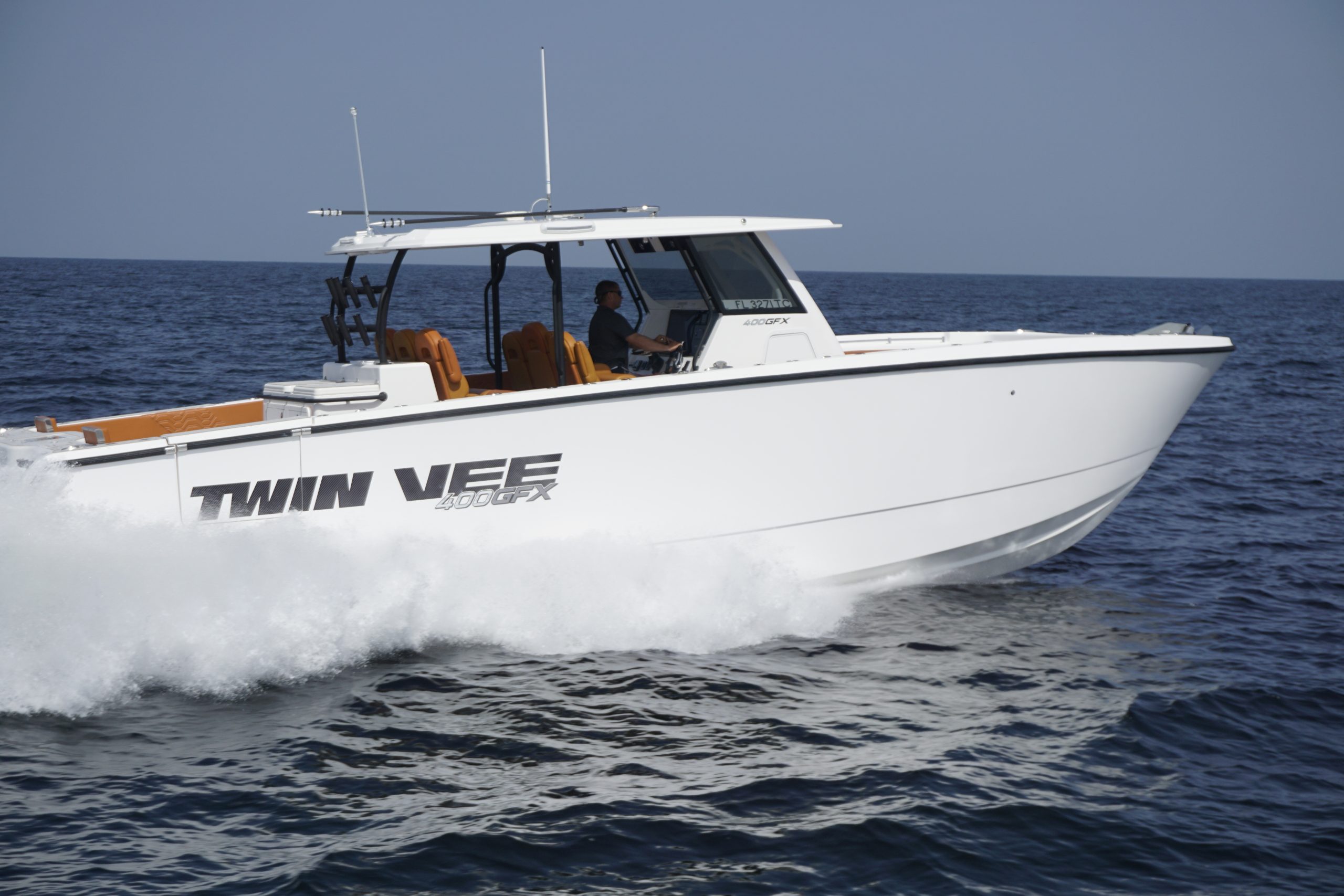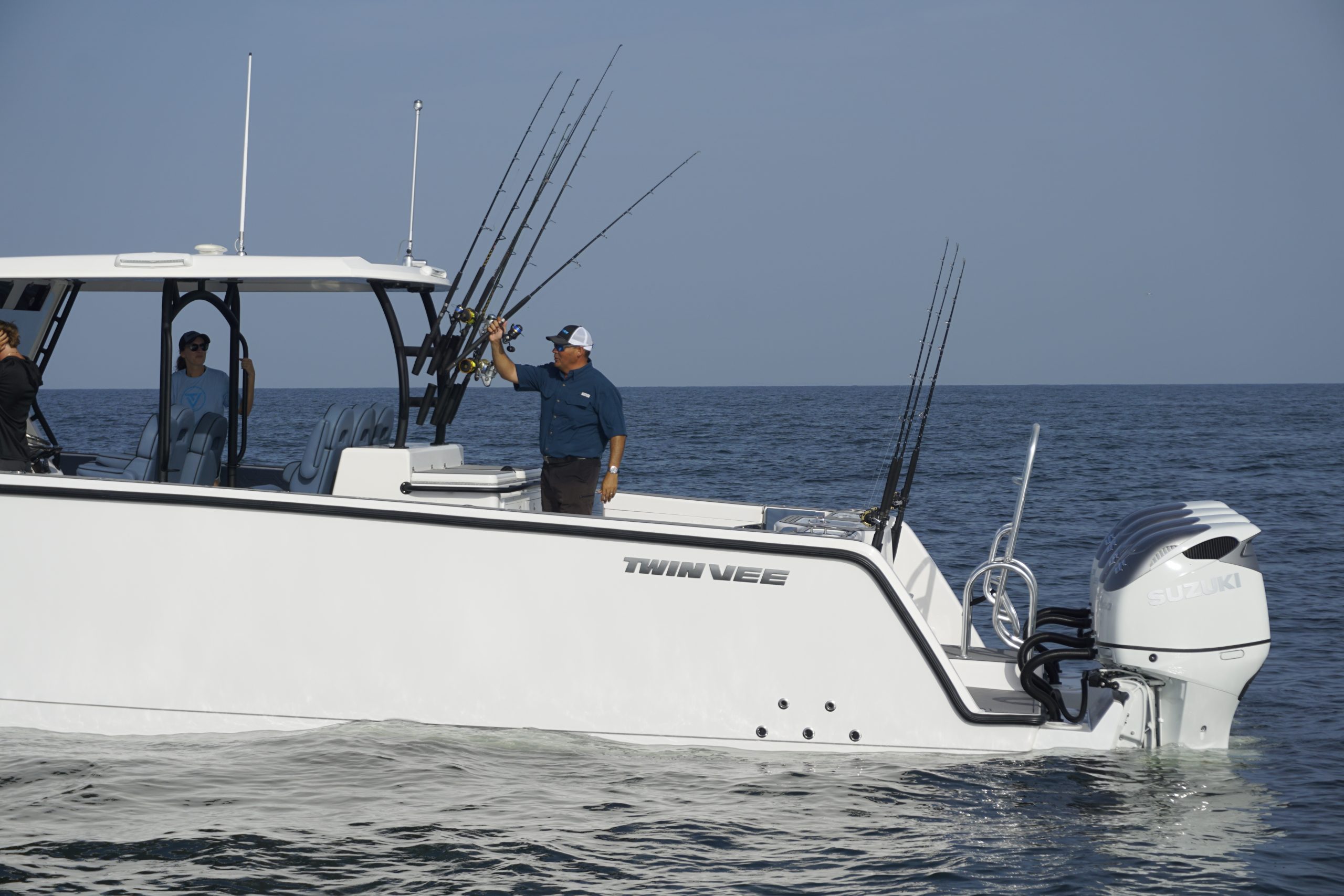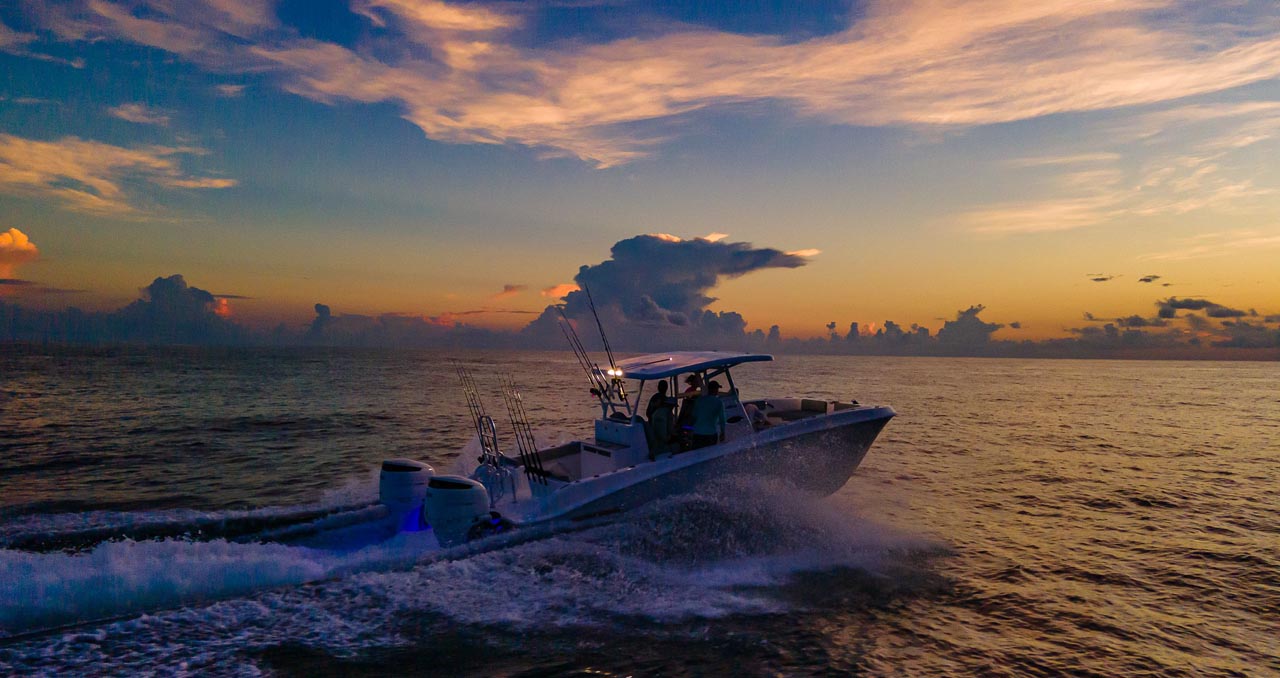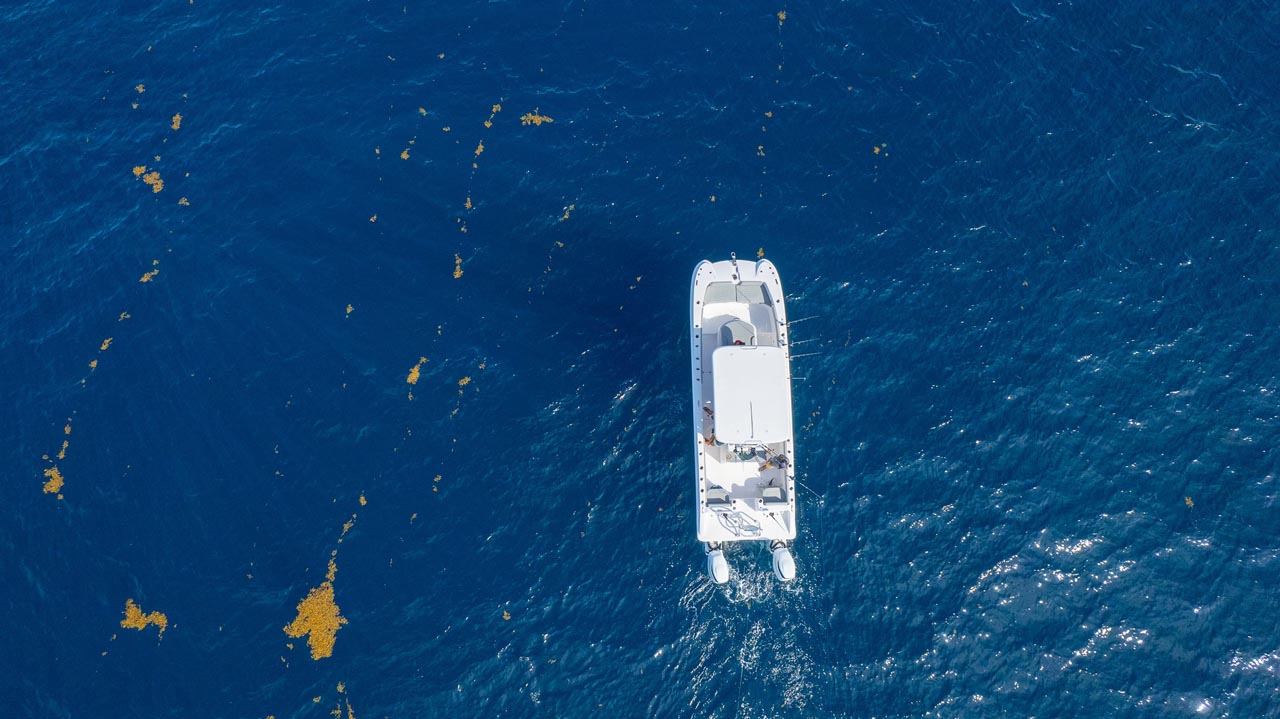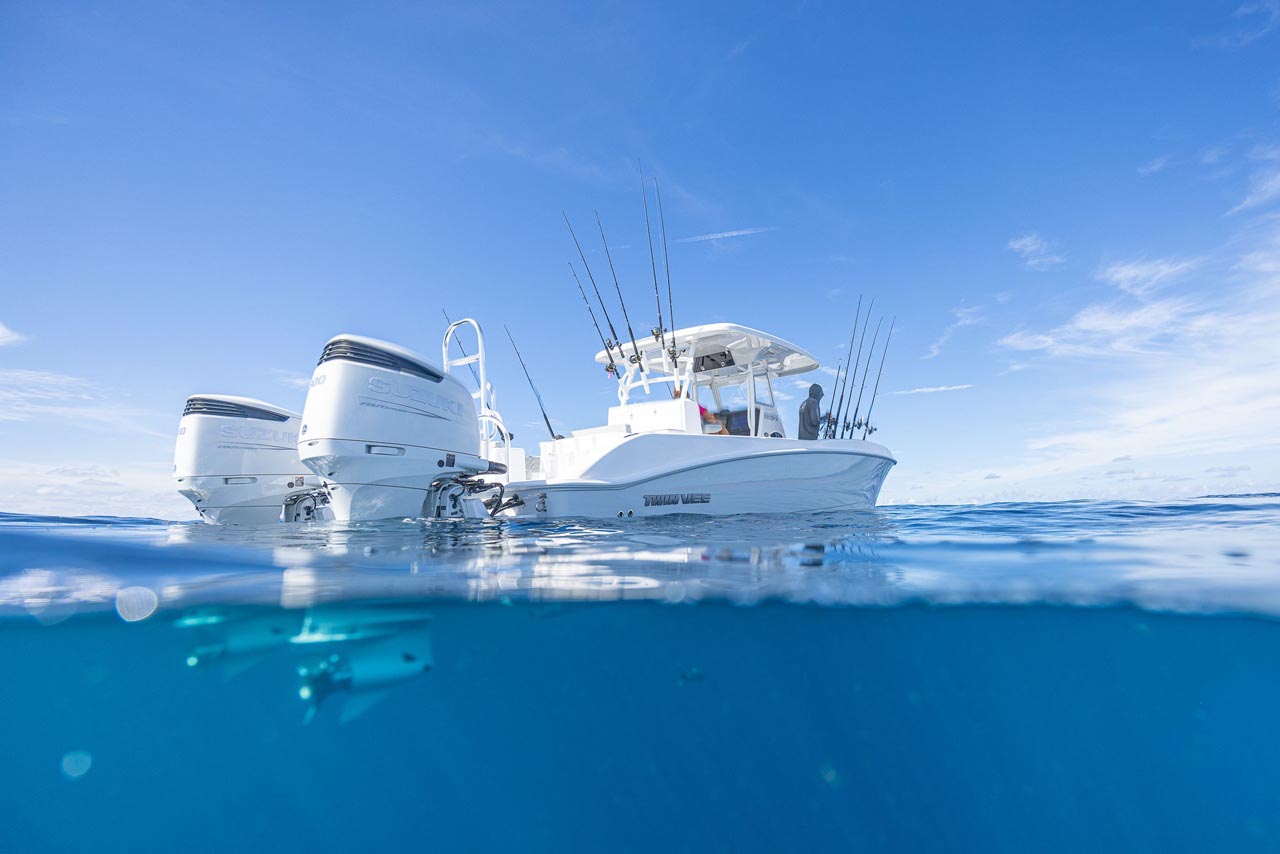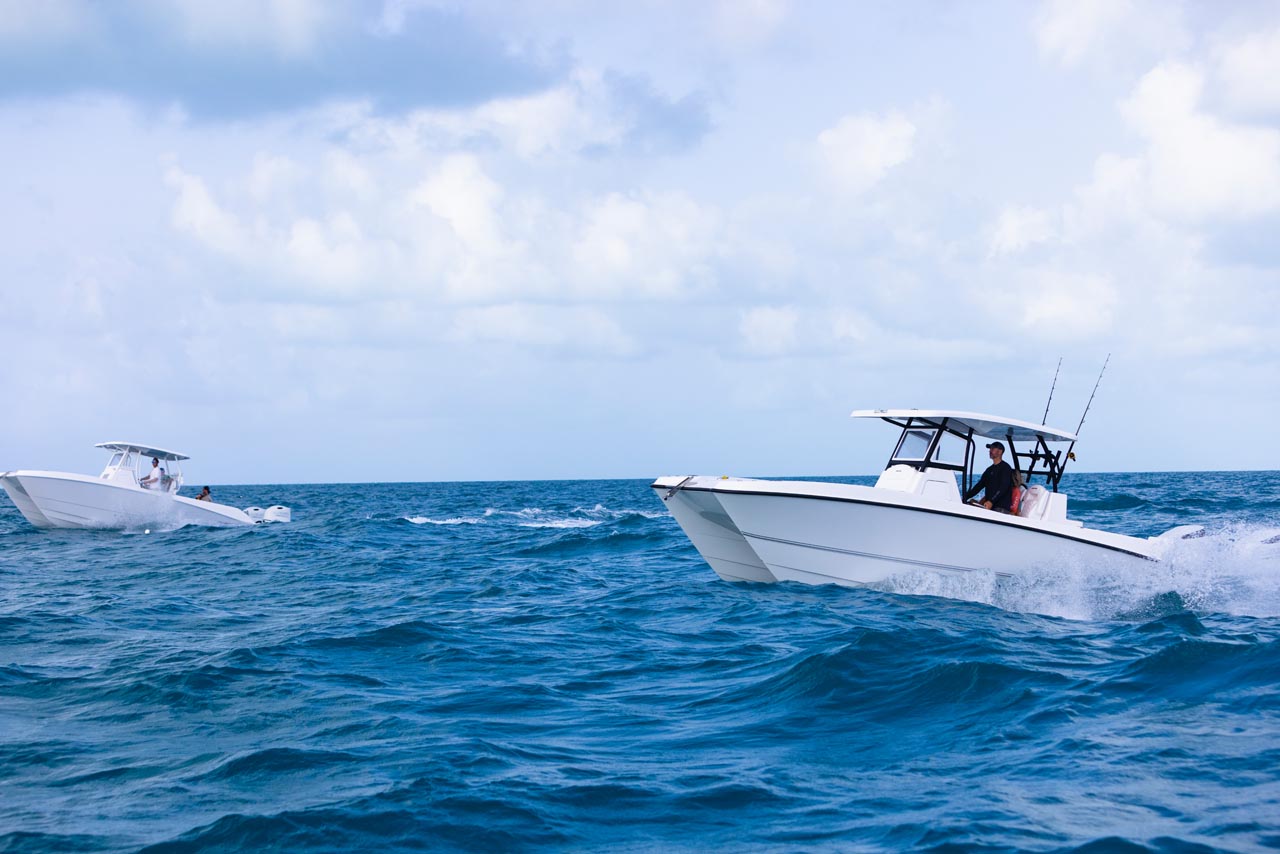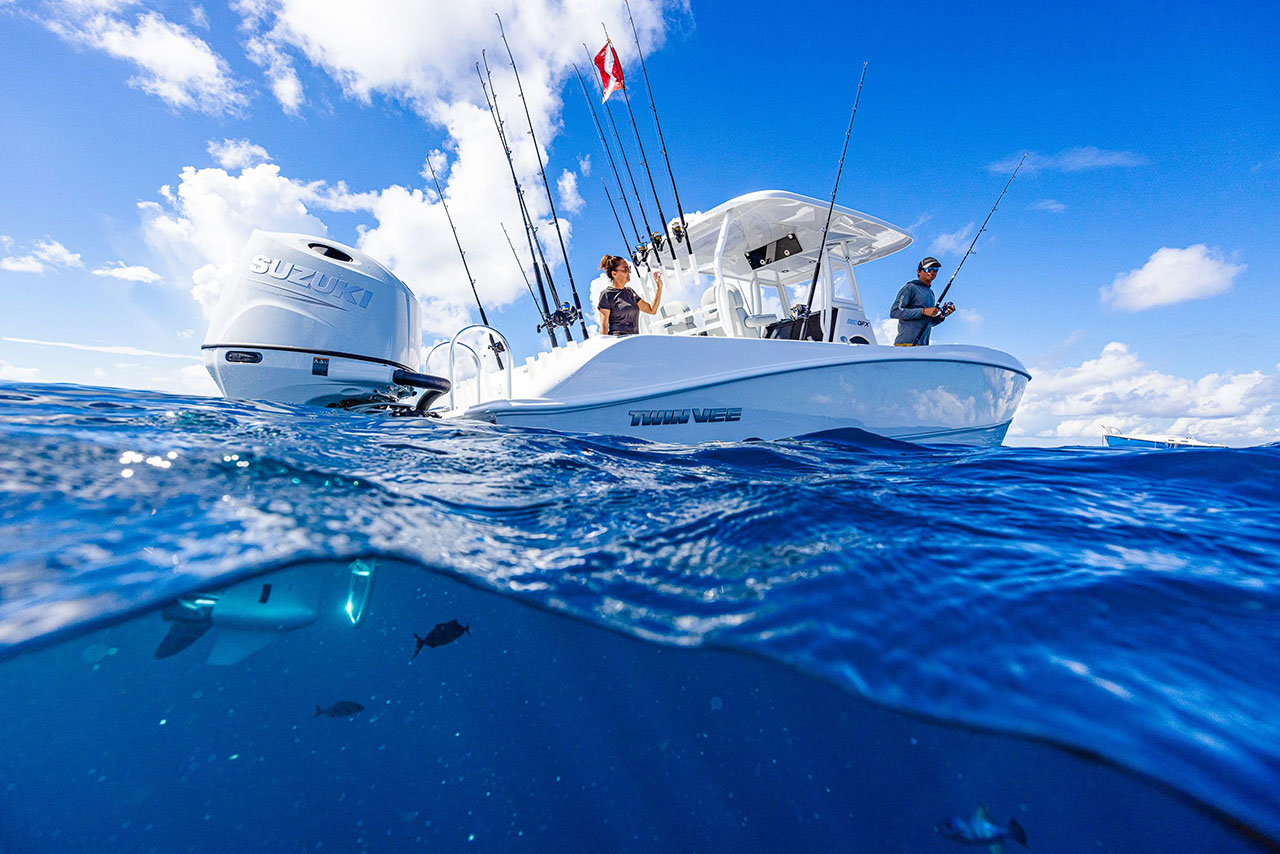Twin Vee Dispels Myths Associated with Power Catamarans
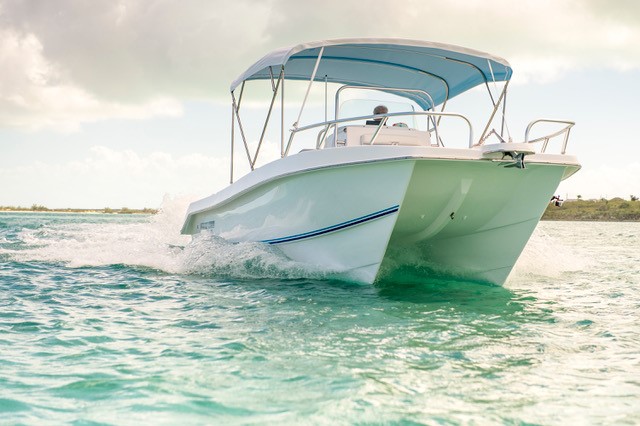
Twin Vee Dispels Myths Associated with Power Catamarans
FORT PIERCE, FL / ACCESSWIRE / June 25, 2018 / Twin Vee PowerCats, Inc. (OTC PINK: TVPC), one of the largest production-based dual hull boat companies in the United States, today provided some insight into its power catamarans and the misconceptions some have made of the dual-hulled vessels. Joseph Visconti, President of Twin Vee Powercats, Inc. stated, ”Our Company has found that some dealers who exclusively sell monohulled boats have misinformed their customers about the ride, performance, and value of owning a dual-hulled power catamaran. We want to set the record straight for those thinking about purchasing a boat in the future and want to consider all their available options.”
Preston Yarborough, Director of Product Development at Twin Vee Powercats, Inc., thinks that the biggest misconception about dual-hull power catamarans is their stability. ”Monohull boat magazines and dealers would have you believe that a monohull boat is more stable than a catamaran. That is just not the case,” Yarborough explains. ”Deep-V monohulls have their deepest center of buoyancy at the keel, and the hull is less buoyant where the side and bottom of the boat meet. Each hull of a catamaran provides buoyancy at the beam ends of the boat, causing a high degree of resistance to heeling and rolling. In fact, a catamaran is several times more resistant to heeling than virtually any monohull – and is, initially, far more resistant to capsize.”

This Twin Vee catamaran has two hulls, widely spaced, each nearly at her beam ends, rather than a single monohull that is deep on the centerline
Visconti adds that catamarans also provide a more comfortable ride than their monohulled counterparts. ”There is a reason why virtually all high-speed passenger ferries are catamarans. Catamaran hulls cut through waves rather than plow over them. Compared to monohulled boats that leap from wave to wave, catamarans generally cut through waves, which significantly reduces the up-and-down movement of the bow and stern of the boat.”
”There is a lot of misinformation about operating and handling a power catamaran,” expressed Yarborough. ”Some customers believe that it’s too difficult to learn how to drive a power catamaran, and they worry that they’ll never get used to it. However, power cats are incredibly simple to operate: once you learn the basics of keeping a proper trim you’ll be 90% of the way to becoming an expert.”
”One of the worst lies that monohull dealers tell consumers interested in a power catamaran is that they will get thrown from the boat, especially if they need to turn sharply at high speeds. While it’s true that at slow speeds and slow turns, our boats do tend to lean slightly outward, the effect is so minor no one is in any danger of ending up in the water. This also is a characteristic that can go away with learning how to keep a proper trim as well. In fact, experienced boaters will tell you that learning to drive a catamaran was easy and they’ll never go back to a monohull,” Yarborough adds.
Visconti suggests that prospective purchasers spend time with their Twin Vee authorized dealer to get the feel for operating a power catamaran and ask any questions they may have before making a final decision.
Despite the myths and misinformation, both catamarans for fishing and coastal cruising, as well as large offshore cruising power catamarans are gaining favor among the boating public. According to Visconti, power catamarans are a growing segment of the marketplace, ”In particular, large cruising cats have seen the largest percentage growth of any type of boat in their size range. Charter fleets all over the world are increasingly going to power cats because of their room, riding comfort, and stability.”

The Kimpton Seafire Resort and Spa in the Grand Cayman Islands utilizes a Twin Vee boat for private boating excursions
This increasing interest in power catamarans can be seen in the production line at Twin Vee’s manufacturing plant in Fort Pierce, Florida. Statistical Surveys, a market share data company dealing in the marine, recreational vehicle, powersports, trailer and manufactured housing industries, recently announced that Twin Vee’s 26-foot OceanCat is the second most popular 26-foot boat in the State of Florida. Moreover, 2017 was a record-breaking year for Twin Vee, who saw an increase in revenue and an expansion of products offered to first-time and experienced boat owners alike. ”When I purchased the Company in 2016, I saw the bright future power catamarans had in the recreational marine marketplace. These unfortunate attempts by monohull dealers and magazines to stymie the market share growth made by power catamarans will ultimately prove futile. All it takes for someone to realize the superiority of dual-hulled boats is to simply take a ride in one and see for themselves.”
For those interested in learning more about Twin Vee products, please visit www.twinvee.com to look through the 2018 Twin Vee Powercats Brochure or find the contact information for the dealer nearest you.

About Twin Vee PowerCats, Inc.
Headed by CEO Joseph Visconti and acquired March 2016, the Company was originally founded in 1994, the company designs, manufactures, and sells recreational and commercial twin-hull power boats under the Twin Vee brand name. Over the past 24 years, the company has concentrated on perfecting the high-speed twin-displacement hull design, also known as a ”catamaran powerboat.” For more information, go to www.twinvee.com or visit Twin Vee PowerCats, Inc.’s Facebook page.
Contact:
Joseph Visconti
contact@twinvee.com
(772) 429-2525













